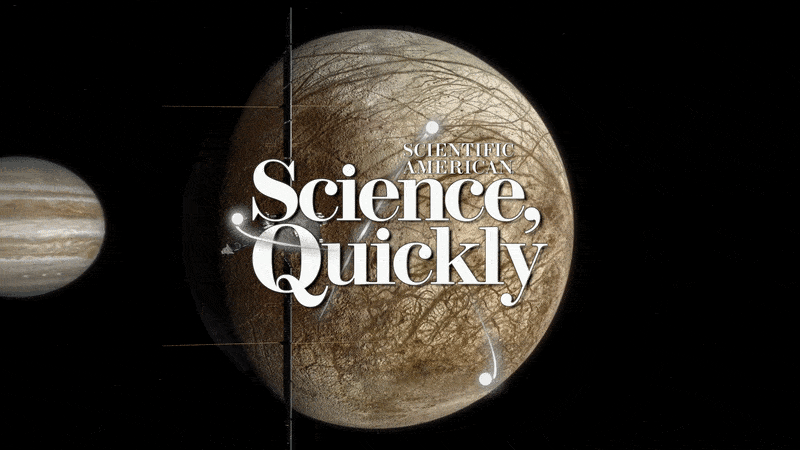
Galilean moon
The Galilean moons are the four largest moons of Jupiter—Io, Europa, Ganymede, and Callisto. They were first seen by Galileo Galilei in December 1609 or January 1610, and recognized by him as satellites of Jupiter in March 1610. They were the first objects found to orbit a planet other than the Earth. They are among the largest objects in the Solar System with the exception of the Sun and the eight planets, with a radius larger than any of the dwarf planets. Ganymede is the largest moon in the Solar System, and is even bigger than the planet Mercury, though only around half as massive. The three inner moons—Io, Europa, and Ganymede—are in a 4:2:1 orbital resonance with each other. While the Galilean moons are spherical, all of Jupiter's much smaller remaining moons have irregular forms because of their weaker self-gravitation.
